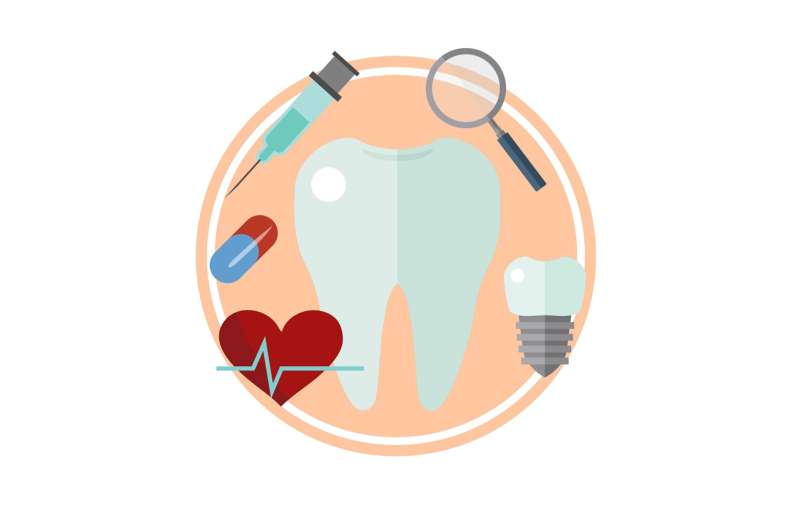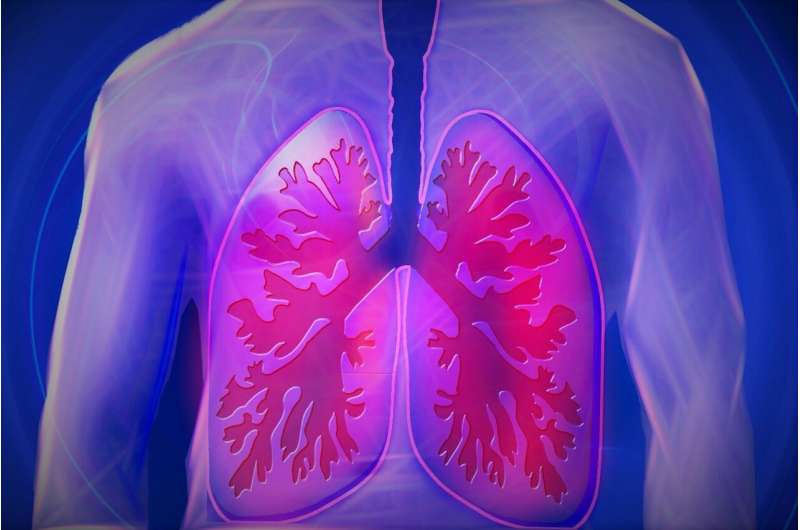Impact of Prenatal Air Pollution Exposure on Fetal Brain Development

New study links prenatal exposure to air pollution with changes in fetal brain structures, emphasizing the importance of reducing environmental risks during pregnancy.
Recent research conducted by the Barcelona Institute for Global Health (ISGlobal), in collaboration with the BCNatal center and the Hospital de la Santa Creu i Sant Pau, has revealed that exposure to air pollutants during pregnancy can influence fetal brain structures. The study, published in The Lancet Planetary Health, focused on how prenatal exposure to pollutants such as nitrogen dioxide (NO₂), particulate matter (PM₂.5), and black carbon affects brain development during gestation.
The study analyzed data from 754 mother-fetus pairs within the Barcelona Life Study Cohort (BiSC) between 2018 and 2021. Researchers utilized advanced models that combine real measurement data with statistical techniques to estimate air pollution exposure in three microenvironments: a woman's home, workplace, and commuting routes. Participants' activity patterns were tracked via geolocation apps.
Findings indicated that higher prenatal exposure to these pollutants correlates with increased volumes in certain brain cavities filled with cerebrospinal fluid. Notably, the lateral ventricles in both brain hemispheres and the cisterna magna showed enlargement. Additionally, the width of the cerebellar vermis, crucial for motor control and balance, was also found to be wider in fetuses with higher pollution exposure.
Another significant observation was that increased black carbon exposure was associated with a reduction in the depth of the lateral sulcus, hinting at possible impacts on brain maturation. The strength of these associations was more pronounced during the second and third trimesters, a critical period for fetal brain development.
Dr. Payam Dadvand from ISGlobal emphasized that during mid to late pregnancy, the fetal brain undergoes vital growth phases, making it particularly susceptible to external factors like pollution. Experts from hospitals involved in the study highlighted that even pregnancies that appear healthy can be subtly affected by environmental exposures, underscoring the importance of awareness and preventive measures.
While these brain structure differences are currently within normal ranges, they could indicate increased vulnerability to neurodevelopmental issues later in life. Researchers stress the need for further studies to determine if these changes are reversible or have long-term consequences. Overall, this research advocates for public health policies aimed at reducing pregnant women’s exposure to harmful air pollutants, especially in urban environments.
Source: https://medicalxpress.com/news/2025-06-exposure-pollution-pregnancy-linked-fetal.html
Stay Updated with Mia's Feed
Get the latest health & wellness insights delivered straight to your inbox.
Related Articles
Innovative Approaches Urged to Integrate Dentistry into Primary Care
Experts highlight the urgent need to embed dental health within primary care to improve disease prevention, manage chronic illnesses, and promote health equity through interprofessional collaboration and policy reforms.
Loneliness in Adults Linked to Increased Risk of Diabetes, Study Finds
A study presented at ENDO 2025 shows that social isolation significantly increases the risk of diabetes and poor blood sugar control among older adults. Find out how social connections impact health.
Advancing Breast Cancer Support: The Need for Smarter and More Inclusive Mobile Apps
A recent study underscores the urgent need for smarter, more inclusive breast cancer management apps that integrate essential features like mental health support, clinical communication, and AI-driven tools to enhance patient care.
Study Links Breathlessness to Increased Long-Term Mortality in Malawi
Research in Malawi links breathlessness with a high risk of death within a year, highlighting the need for integrated care in low-resource settings.



